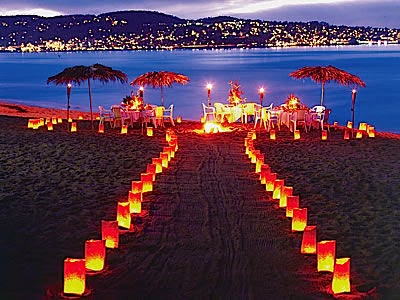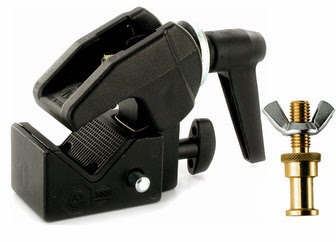Let's Talk Uplighting
As the name suggests, uplighting
is the art of using light (in an upwards direction) to wash your walls with
colour, and in the process turn a plain and unexciting venue into a buzzing and
colourful event.
LED or Traditional PAR Can?
There are many benefits to using
LED lights compared to traditional PAR cans for your uplighting. The main
attraction is that LEDs use much less power than traditional bulbs, and they
rarely overheat or pose a fire hazard. Their color, effects, settings and
brightness can be wirelessly changed as and when it is needed, as opposed to
traditional PAR cans, which need their filter gels changed each time you wish
to illuminate in a new colour. LED lights also do not require a bulky and
time-consuming DMX controller to switch them on or off. Instead, LED lights
come with various forms of remote control and most are fitted with Wireless DMX
capabilities.
The main drawback to using LED
lights is that it’s more expensive, but that is much less of an issue now than
it was before due to the high demand for LED event lighting. Another drawback
was that LEDs were not as bright as traditional PAR can lights, but that is
also no longer the case.
Photo credit: Paul Singh, Midwest Sound
Wired LED Uplighting or Wireless LED Uplighting?
Most of the options for
uplighting currently on the market are wired solutions. These have been in
production for many years and users are very familiar with these lights
(controlled by DMX and connected to the mains). They are bright, rigid, cheap
and long-lasting. For the traditional and price conscious DJs and event
designers, these are perfect. However, there are also wireless options
available. This is a technology with much less history and with fewer options
available.
The benefit of wireless lighting
over wired options is the set-up time and the event aesthetic. In general, it
takes considerably less time to set-up events with wireless lights, and with
that comes the need for less man power. For modern, price sensitive, shrewd business
owners, while initially more expensive, wireless lights definitely pay off very
quickly due to the cost savings in other areas. Not to mention the impact
wireless lights will have on your event. Without cables in show, running along
walls, hanging from ceilings etc., events can look clean and tidy and really
make a professional impression on your clients.
Types of Uplighting
Simplifying the topic, it is
possible to make two categories for uplighting. Each category uses the light
and effects differently to elicit different moods and reactions from your guests.
Ambient Uplighting
Ambient uplighting is used with
the aim of improving the graceful atmosphere of a room or event. With this type
of uplighting, the lights are being used to complement the space, create an
aura, and not as a glitzy performance in and of itself. Generally, ambient
uplighting is characterized by its use of static colours (you pick one color
and it stays the same for an extended period of time) or multiple colours but
with very little movement (remember, the idea is to create mood, not
excitement). There are also different types of ambient uplighting. To light up
a pillar or a piece of furniture is typically to use accent lighting (to
accentuate the object), but to paint a wall with colour is to use mood
lighting.
Flashy Uplighting
Flashy uplighting is intended to
provoke the senses of the crowd and get noticed. Typically, events that wish to
have a temporary dance floor will make use of flashy uplighting with lots of
movement, different effects, frequently changing colours, and even possibly a
strobe effect.
Both types of uplighting are
difficult to achieve but both are very successful when correctly utilized. Uplighting can be used at any
venue where you feel a mood needs to be set, but you will most likely see
uplighting at wedding receptions, corporate events, and other celebration
parties.
Thanks for checking out our blog!
Astera LED Technology















.jpg)




















